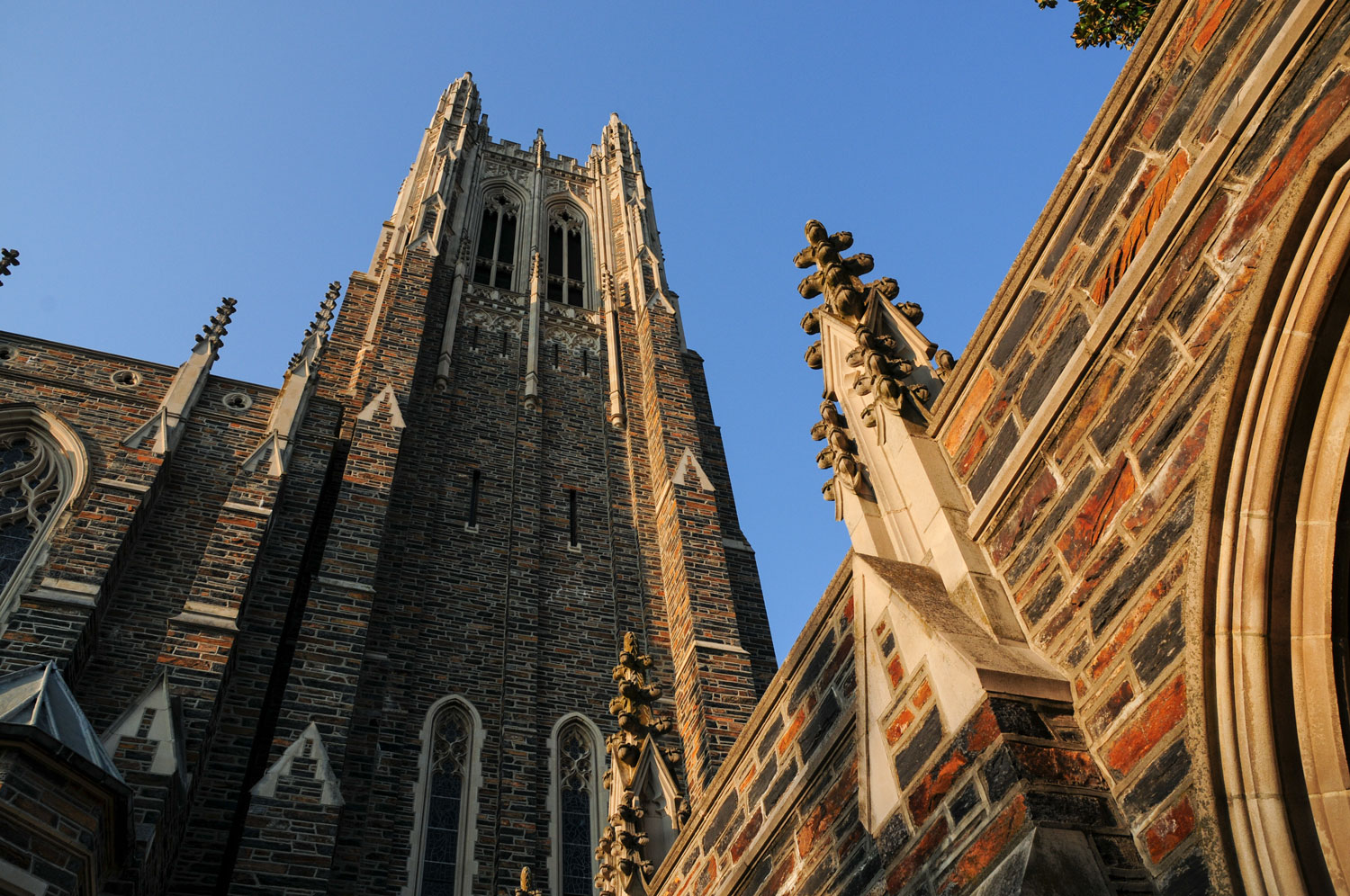Duke’s Beautiful Campus, Academic Excellence and Mixed Legacy
Photos by Forrest Anderson
Duke University was a highlight of the 14 years we lived in North Carolina, with its beautiful grounds and architecture, fine library, superb medical center and world-class gardens.
The university is ranked in the top five U.S. universities and in the top eight worldwide. Its admission acceptance rate is less than 8 percent. At least 15 Nobel laureates have been affiliated with the university, and it has an impressive record of dozens of Rhodes and other top scholars. The university is North Carolina’s second largest private employer.
Like many of America’s elite universities, Duke grapples with a mixed legacy - academic excellence and generous philanthropy on the one hand and racial segregation and financial support from the tobacco industry on the other. Duke’s history permeates that of Durham, North Carolina, where it is located. The university is a microcosm of the complexities of Southern history.
The Confederacy, Slavery and Tobacco
The Duke story began with a farmer named Washington Duke, whose father-in-law gave him land for a farm a few years before the Civil War. Duke was not a large slave owner, but he owned an enslaved woman and hired the labor of enslaved men to work on his farm. This was typical of North Carolina, where many people owned few or no slaves, but still supported slavery as a labor system in some way. When the Civil War broke out, Duke fought for the Confederate navy and was captured and imprisoned by Union forces.
During the war, Duke's family grew tobacco. After the Union army looted their farm, they had little left and turned to processing pipe tobacco. Duke built a two-story processing factory which prospered. He sold the farm in 1874 and he and his sons built a tobacco processing factory in downtown Durham. In 1881, his sons began to manufacture cigarettes using the first automated cigarette making machine. His rapidly expanding company was incorporated into the American Tobacco Company in 1890.
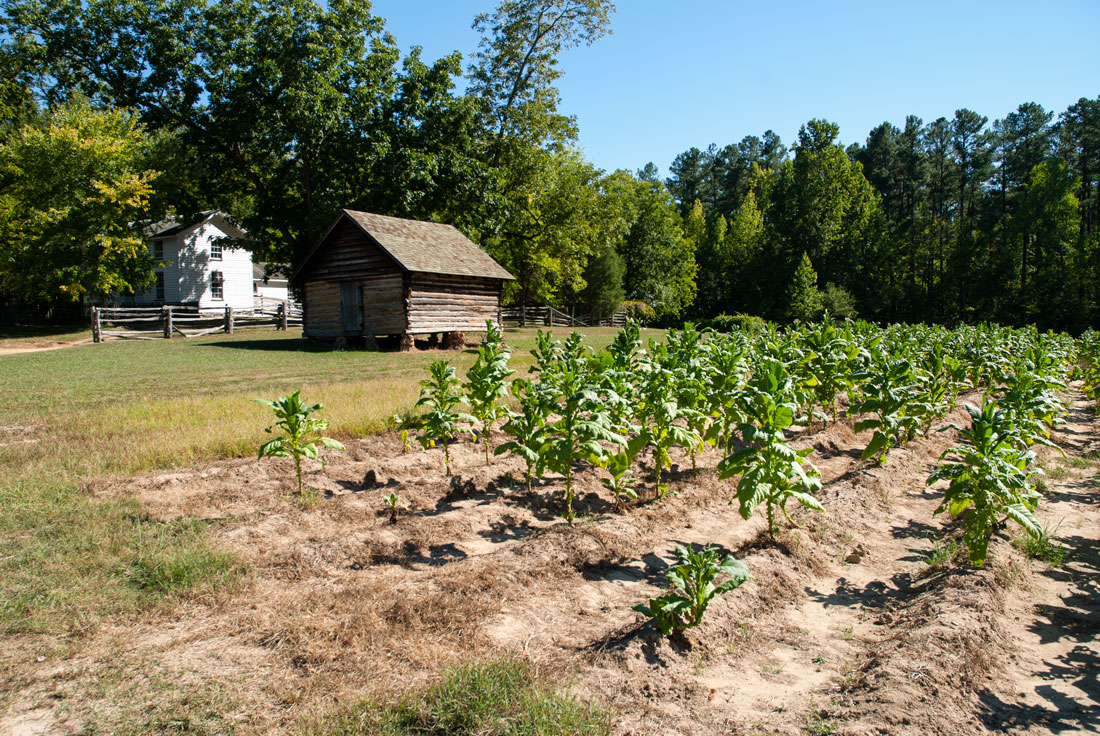
Duke Homestead. Below, tobacco curing in one of the farm's barns.
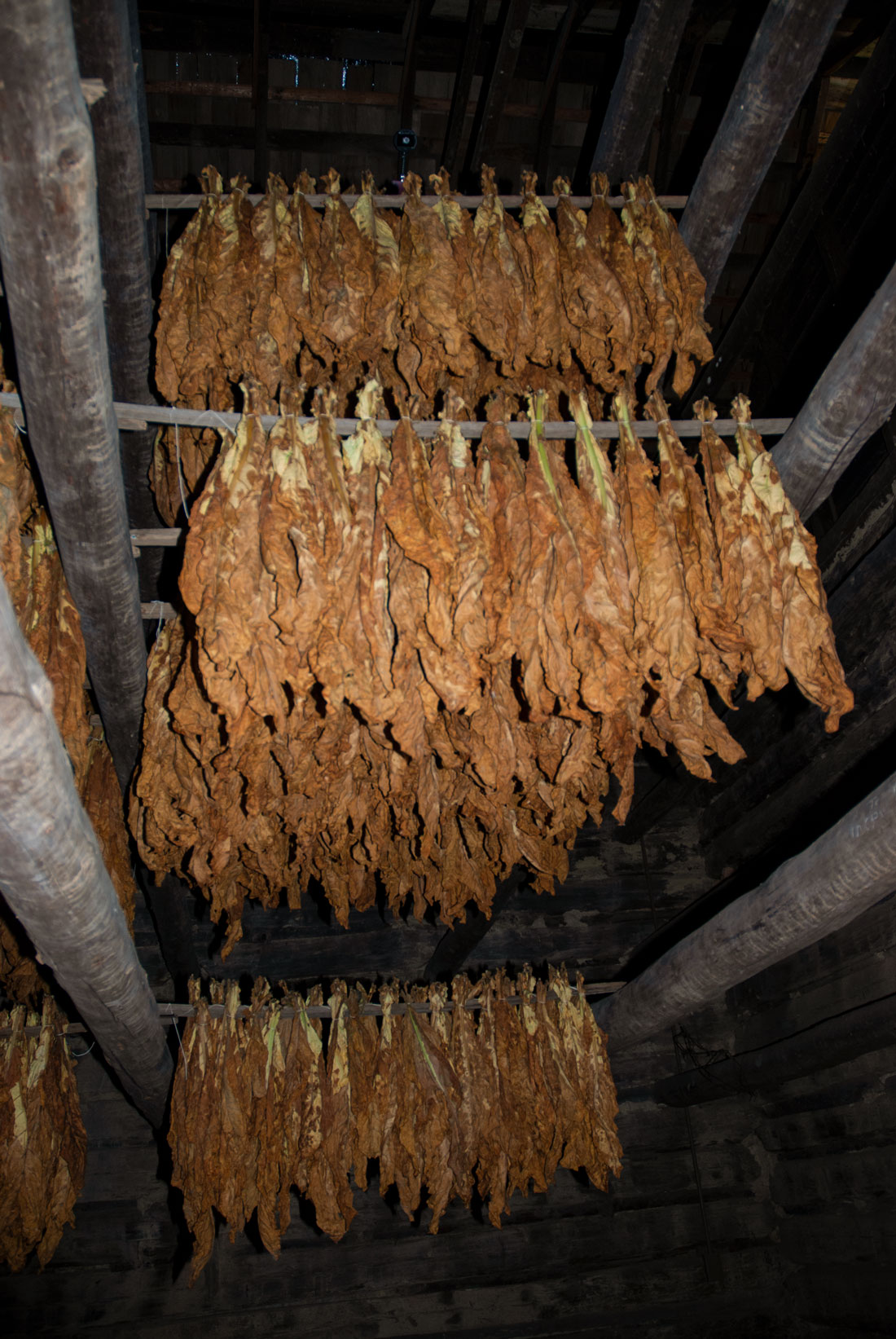
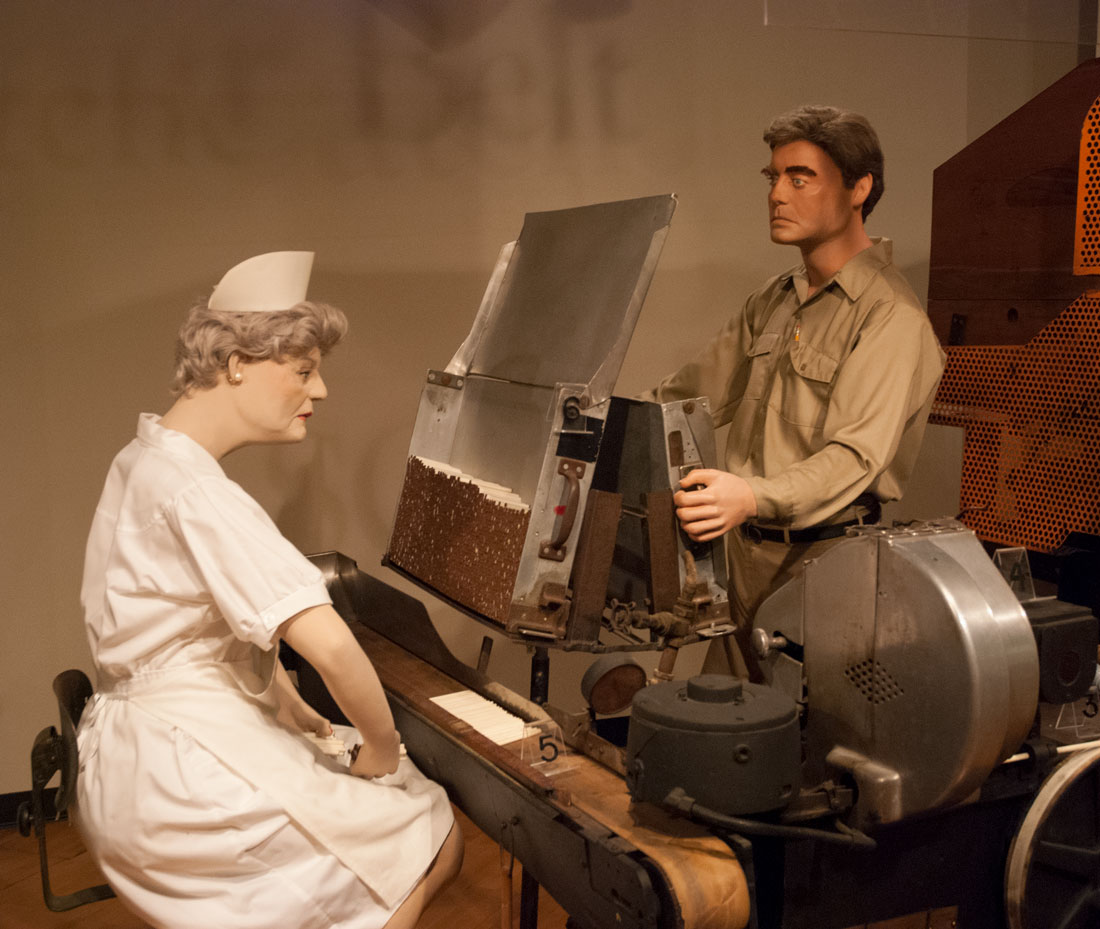
A display of a cigarette making machine in the farm's museum. Duke Homestead today has a reproduction log barn and original factory structures in which the Dukes cured, processed and packed tobacco, in addition to the restored farmhouse and a museum on the history of tobacco farming and processing. When we visited several years ago, the exhibits said little about the health problems associated with tobacco consumption.
The Dukes made a huge fortune selling cigarettes through sophisticated marketing techniques that brought their products into most American homes and workplaces and onto the pages of newspapers, magazines and signs. The university’s library and the homestead, now a state historical site, have collections of tobacco ads, finely designed tobacco tins and other once-ubiquitous tobacco marketing items.
Before this widespread marketing of cigarettes, most tobacco was consumed in the form of chewing tobacco pipes or cigars. Cigarettes are more addictive because they use a blend of tobaccos that makes it easy to inhale smoke into the lungs and speeds the transmission of nicotine to the brain. Also for this reason, they are more lethal and more profitable than pipe tobacco. The American Tobacco Company became the world’s largest tobacco company, with a monopoly on the expanding U.S. cigarette market until it was broken up by an antitrust suit in 1911.
After the suit, Washington Duke’s sons turned to international markets. They tried to take over the British tobacco market, but later set up a cooperative venture to sell tobacco in Africa, Asia, Latin America and continental Europe.
During World War I, soldiers received weekly rations of 50 cigarettes each. As a result, many returned home as addicted smokers. The spread of cigarette smoking worldwide was accompanied by a rapid rise in lung cancer deaths. By the end of the 1950s, most scientists agreed that cigarette smoking caused cancer, and a 1964 surgeon general’s report concluded that smokers had a 10-fold increased risk of developing lung and laryngeal cancer. Smoking was linked to heart disease, emphysema, and low birth weight infants in subsequent studies. As a result of these studies and laws restricting smoking, the percentage of smokers plummeted in the United States. At the same time, cigarette smoking continued to increase in many other countries.
Energy
Washington Duke’s son, James P. Duke, also turned to investing in energy, partly to power his cotton mill. He led a group that built a system of lakes and dams along the Catawba River to generate electricity with the goal of driving economic growth in the Carolinas. This effort greatly expanded after World War II, and Duke Energy today is a leader in nuclear, natural gas and electrical power. Today, Duke Energy provides energy to seven Southeastern and Midwestern states.
Philanthropy
As his fortune grew, Washington Duke turned to philanthropy, helping to move a Methodist/Quaker school, Trinity College in Trinity, North Carolina, to Durham in 1893 and giving the school $100,000 on the condition that it would enroll women on an equal footing with men.
After Washington Duke died in 1905, his sons continued his philanthropy, using large amounts of their fortune to fund expansions of Trinity College and other community causes. James B. Duke established the Duke Endowment in 1924, and Trinity College changed its name to Duke University to honor James’ father.
With the endowment, the university expanded quickly. The school accepted women students, who were enrolled in a separate women’s college until 1972. It did not enroll its first African American graduate students until 1961, African American undergraduates until 1963 or racially integrate its faculty until 1966. In the 1970s, Duke began actively recruiting minority faculty and students.
The university is located in what is called Duke Forest. The story goes that James Duke walked to the highest point in the forest and declared that the university chapel would be built on that site as the center of the campus. He was a devout Methodist, but the school is nonsectarian.
African American architect Julian Abele was hired to design the English Gothic buildings in that area of the campus including the 210-foot-high Gothic chapel. This section, called West Campus, has become the university’s visual signature and one of the reasons that Duke University has one of the most beautiful college campuses in the United States.
The chapel was built in the 1930s of stone from the Duke Quarry twelve miles away, and was restored in 2015-16.
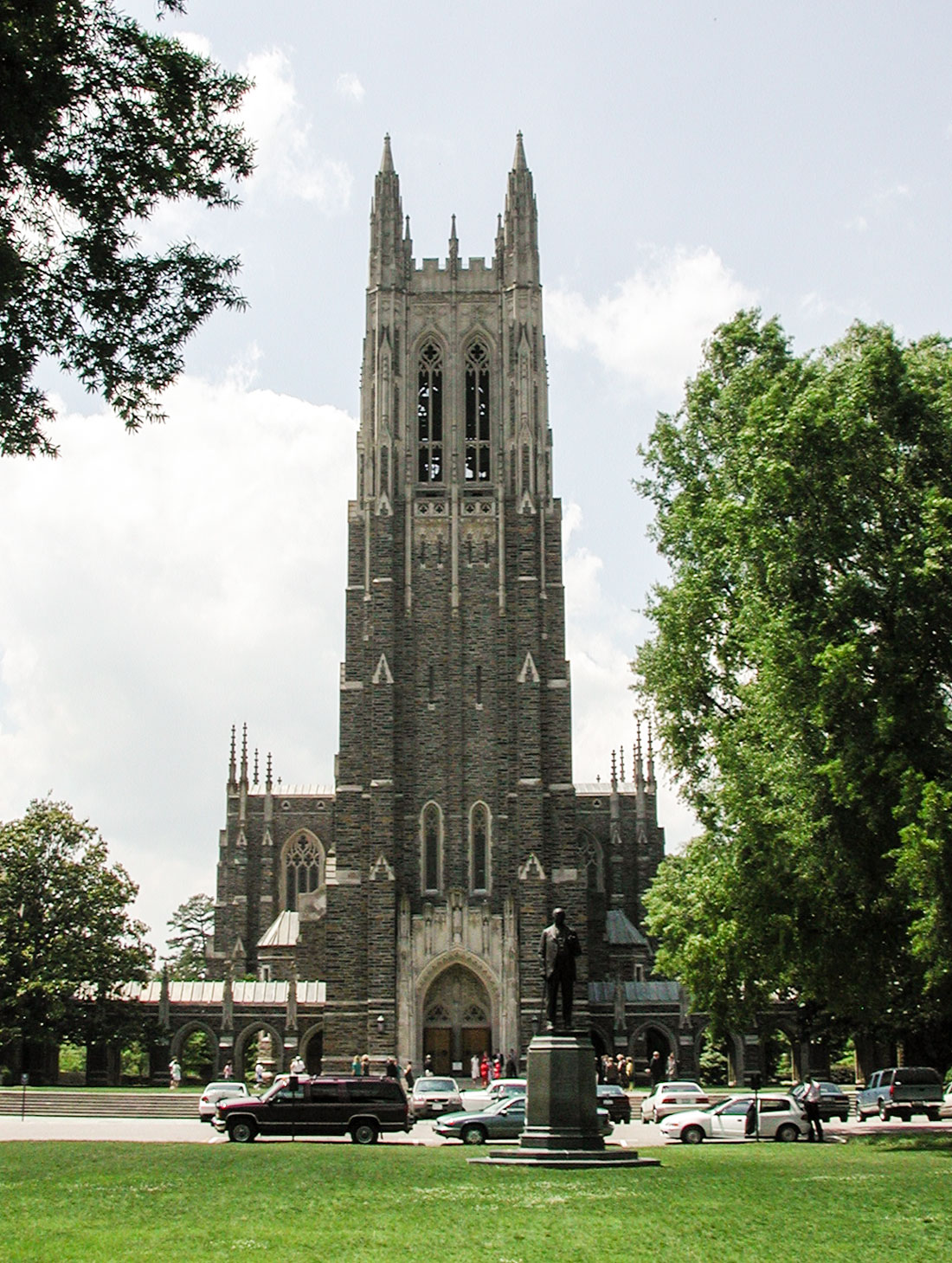
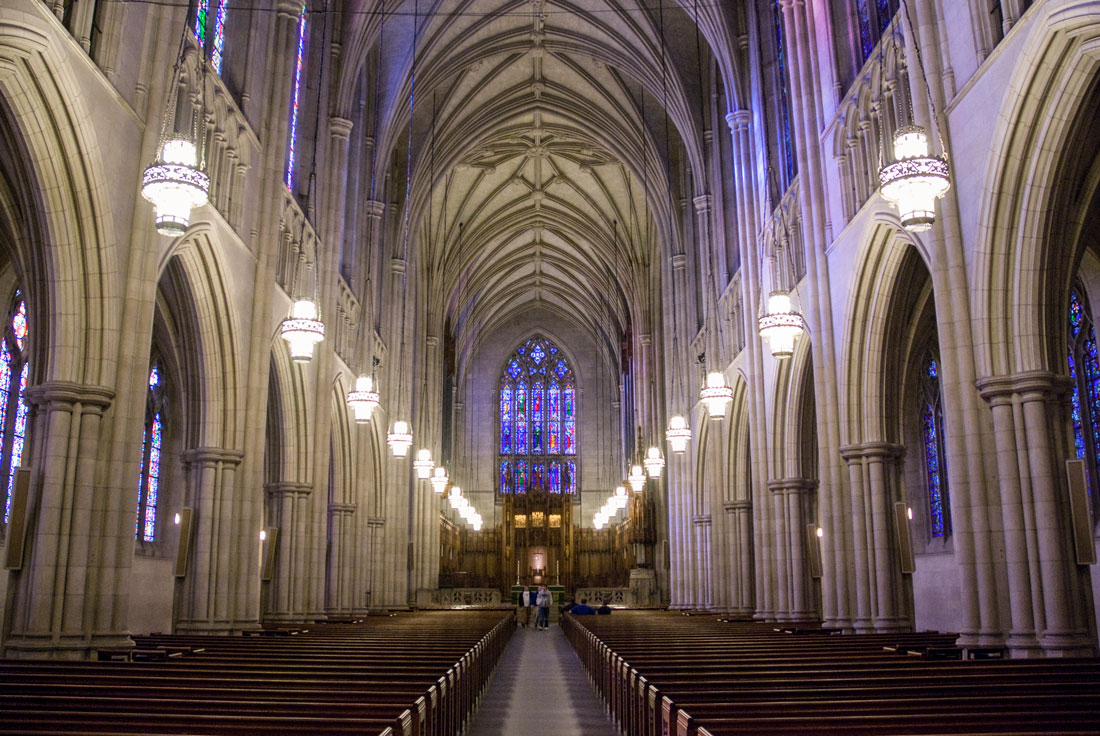
Although the chapel is not a Methodist church, above its main portal are sculptures of historical figures in the American Methodist movement. One is believed to be a mistake – a statue of Thomas Coke. He was a heavy-set clean-shaven man, but the sculpture depicts a thin man with a beard. It is believed that the sculptor goofed and used an image of British judge Lord Chief Justice Edward Coke as his model. Thomas Jefferson also is depicted among the sculptures.
In 2017, a sculpture of Confederate General Robert E. Lee was removed after it was vandalized amid protests stemming from racial discord in Charlottesville, Virginia that summer. The university decided to leave the spot that had been occupied by the Lee statue vacant as a reminder of the need to reflect on how reality and symbols of the past shape the present. In 2014, Duke also removed the name of white supremacist North Carolina Governor Charles B. Aycock from an undergraduate residence hall.
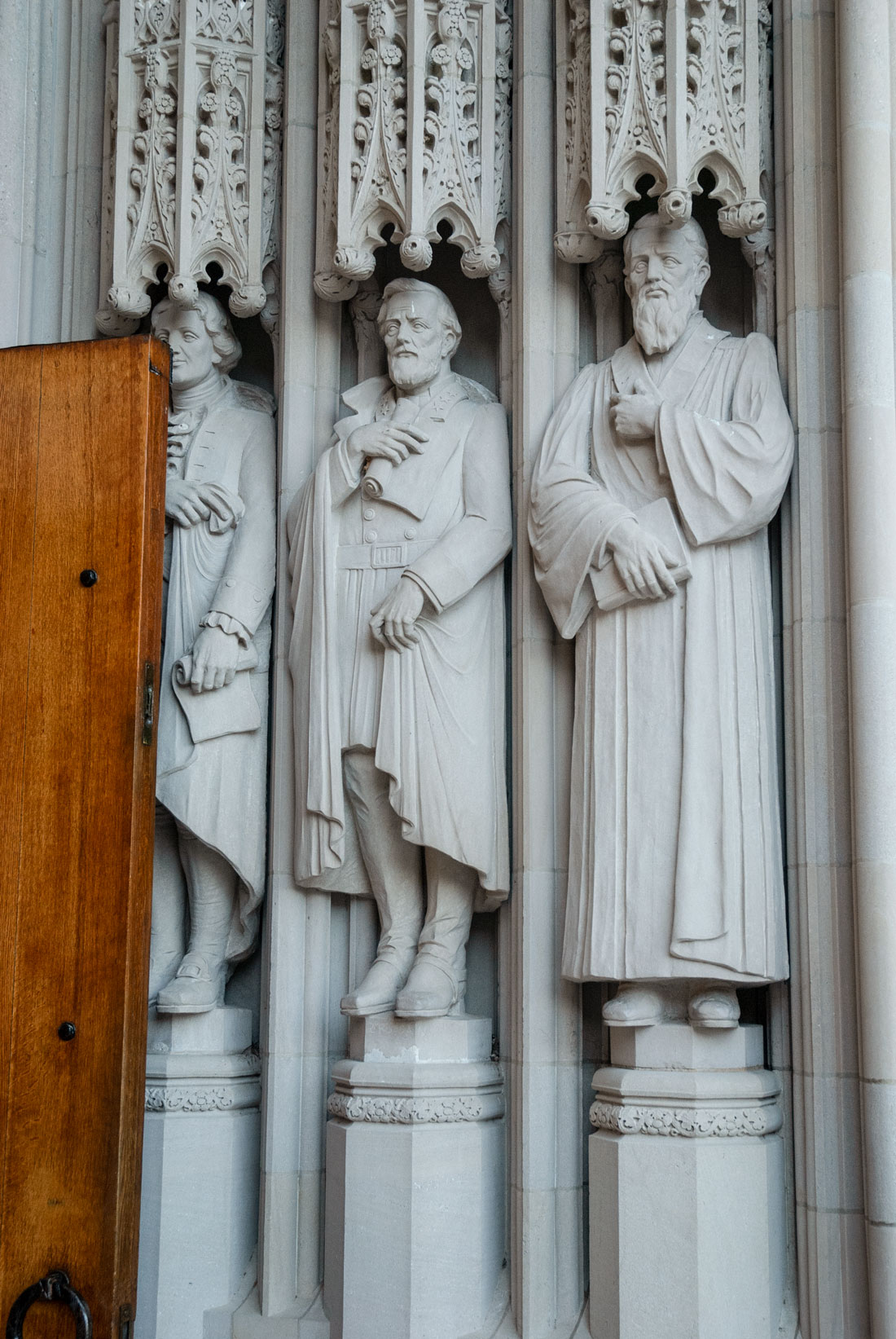
The middle statue in this photo, of Confederate General Robert E. Lee, was removed after it was damaged in a 2017 protest against racism. The spot has been left vacant.
The chapel has 77 windows that depict 800-900 biblical characters and their stories.
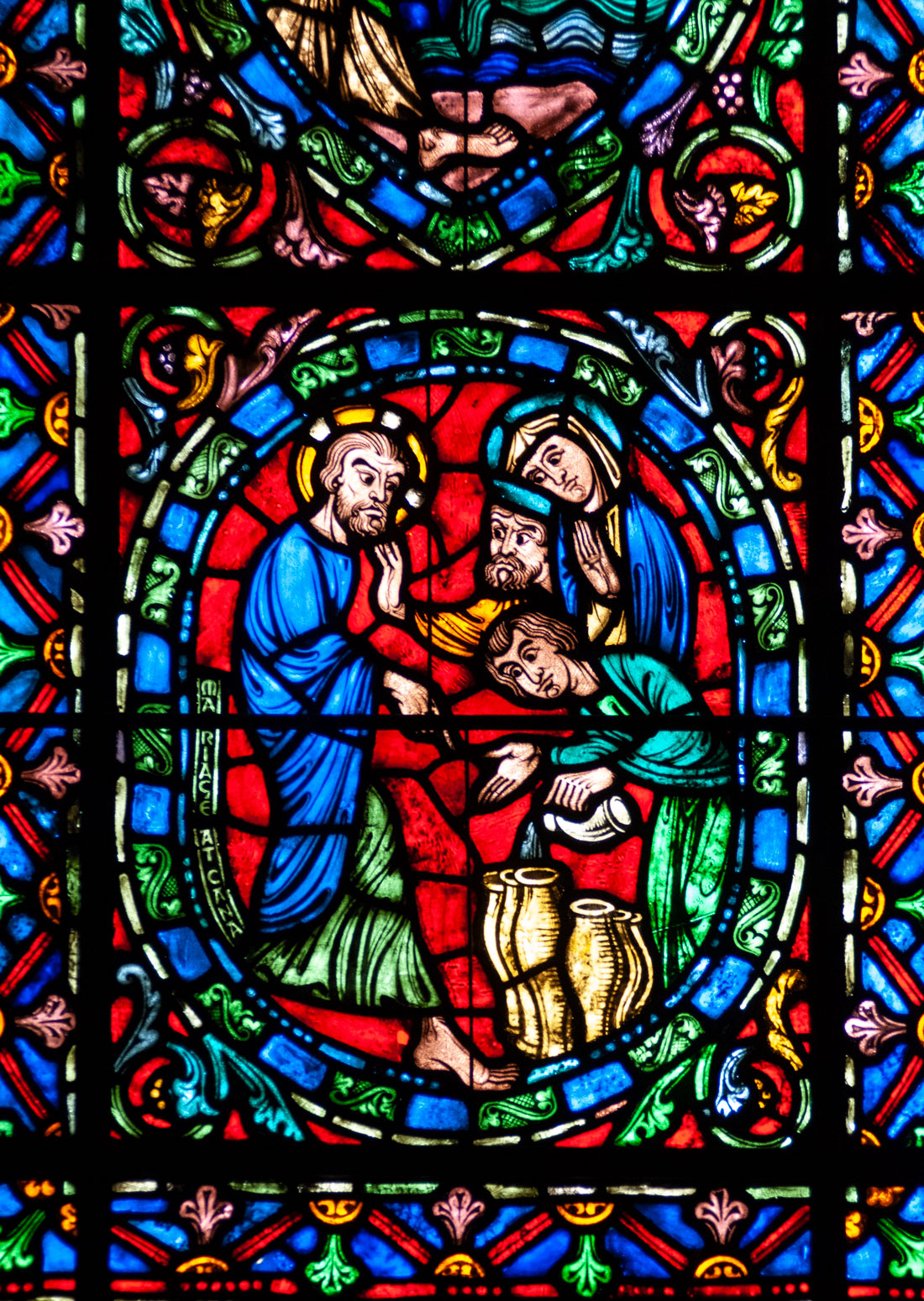
In the Memorial Chapel, below, are limewood figures depicting Jesus, St. Paul and St. Peter. Washington Duke and his two sons, Benjamin N. Duke and James B. Duke, are enterred there. On the ceiling is the Duke coat of arms. There also are wall plaques honoring Duke family members. In the crypt are buried three Duke University presidents, the wife of James B. Duke, Nanoline Holt Duke; a U.S. senator and North Carolina governor and several other prominent people.
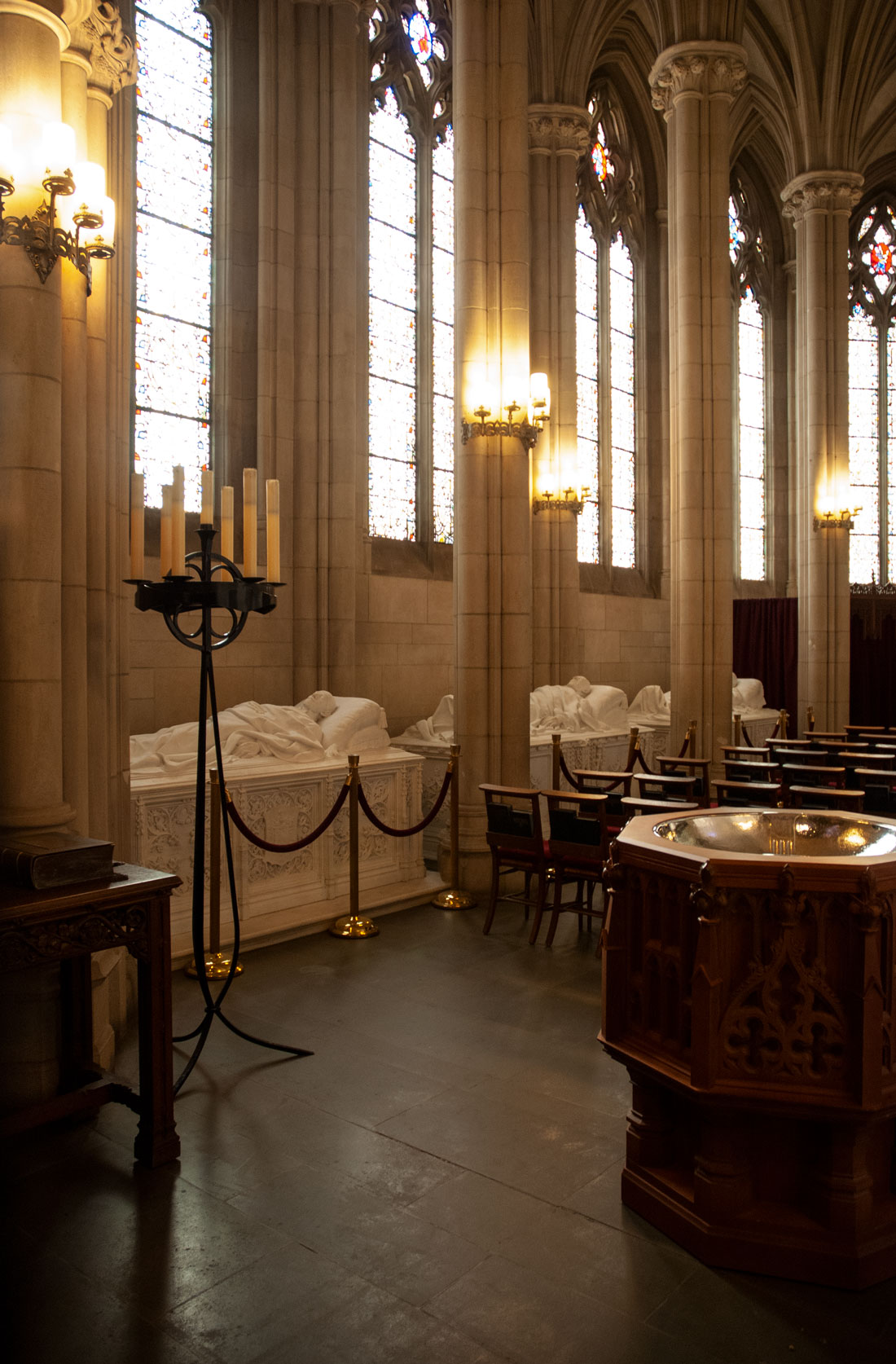
The chapel has three fine pipe organs used for worship services, concerts and teaching and a movable organ for smaller ensembles. The organs are played weekly in worship services and for weddings and funerals as well as organ recitals featuring some of the world’s premier organists.
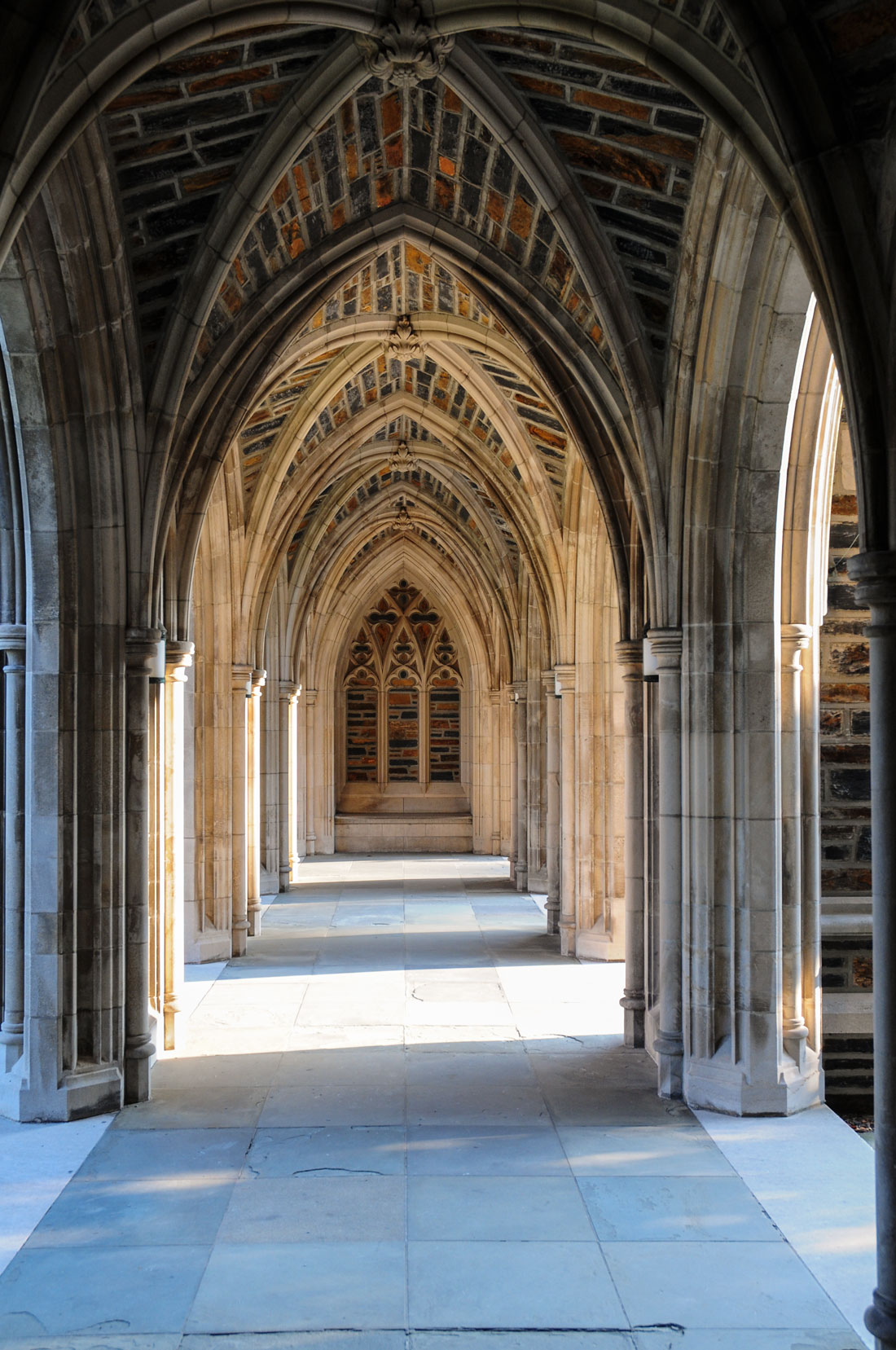
In the Chapel tower is a fifty-bell carillon made in honor of James B. Duke. The largest bell weighs 11,200 pounds and measures 6 feet 9 inches at the mouth; the smallest weighs 10 1/2 pounds and is 6 3/8 inches in diameter. The carillon is played at 5 p.m. on weekdays.
Not far from the chapel are the Sarah P. Duke Gardens, which are a refreshing retreat for people in the Raleigh-Durham area. The gardens were created in the 1930s after Dr. Frederick Hanes, a faculty member, asked Sarah Duke, the widow of Washington Duke’s son Benjamin Duke, to fund a garden in a debris-filled ravine on campus. The garden was created, but it flooded, and Hanes talked Sarah’s daughter into financing a new memorial garden on higher ground. Today, the garden is considered a national historic treasure.
It has four areas – terrace gardens that are the original part of the garden, a garden of native plants that represents the flora of the southeastern United States, an Asian garden and the Doris Duke Center Gardens which include a discovery garden.
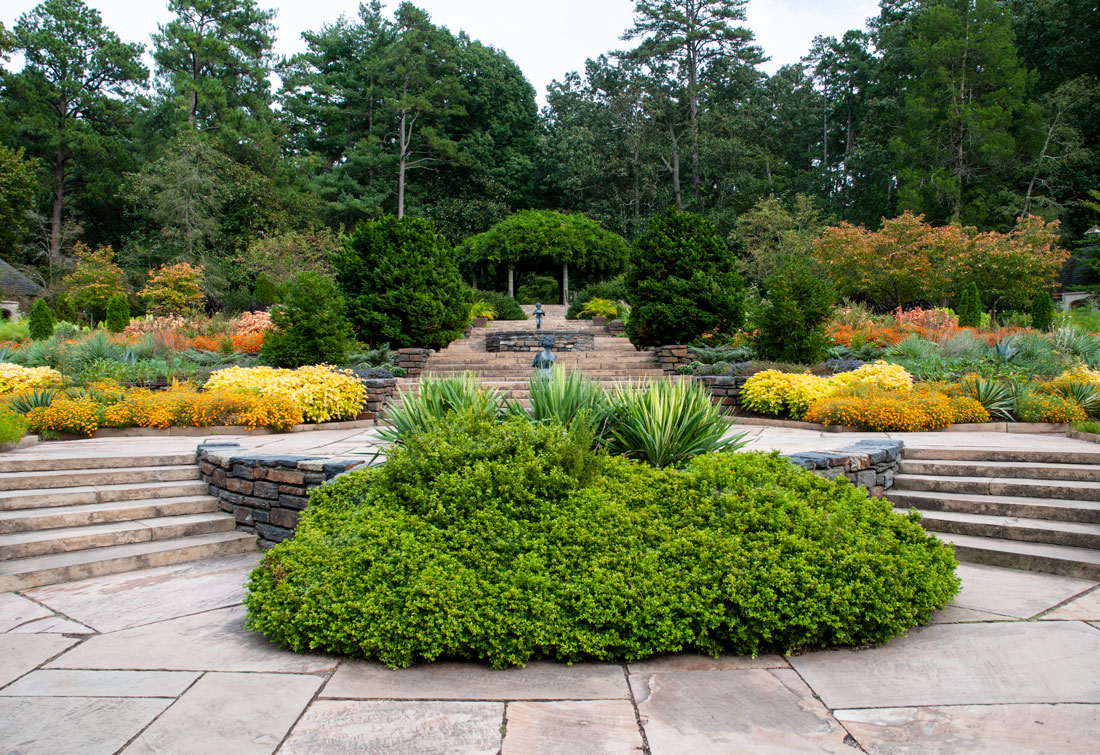
The 55-acre garden’s Italianate terrace gardens are filled with displays of bulbs, annuals, ornamental grasses, trees and shrubs that change each season. At its top is a wisteria pergola, and at the bottom is a fish pool stocked with goldfish and koi. The pond is filled with water lilies in the summer.
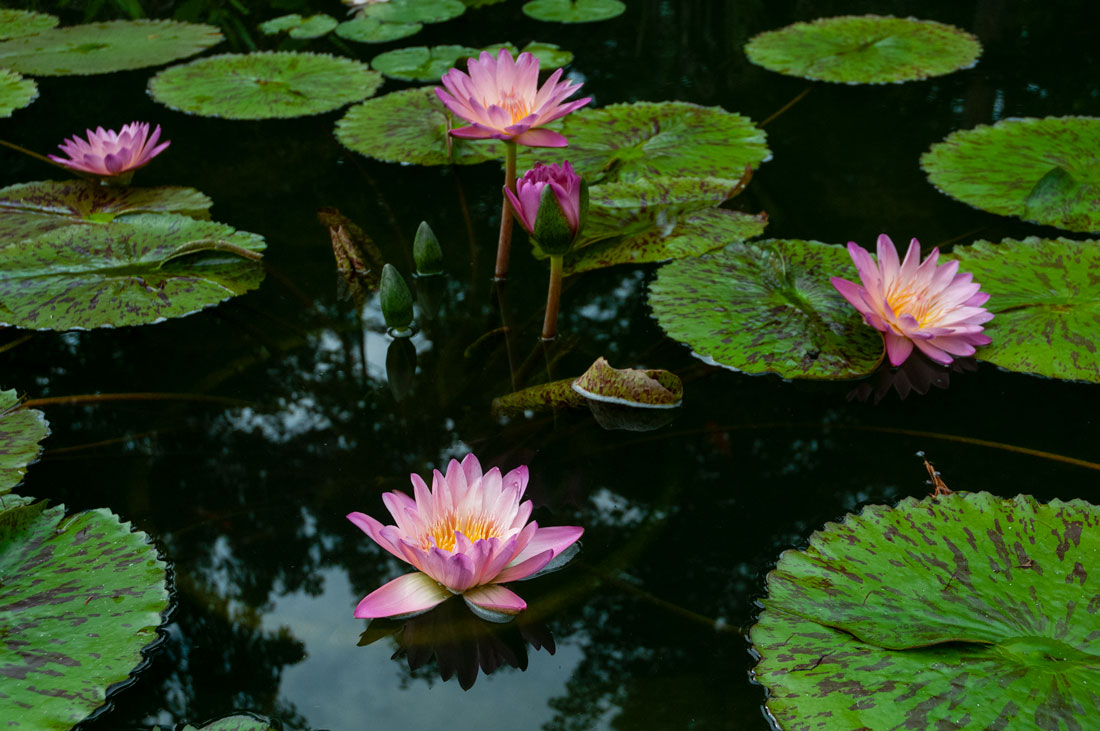
The gardens have a rock garden, overlooks, a perennial section, a memorial garden to Sarah P. Duke, a butterfly garden, a camelia garden and a rose garden with a fountain donated by a member of the Duke family in 1897.
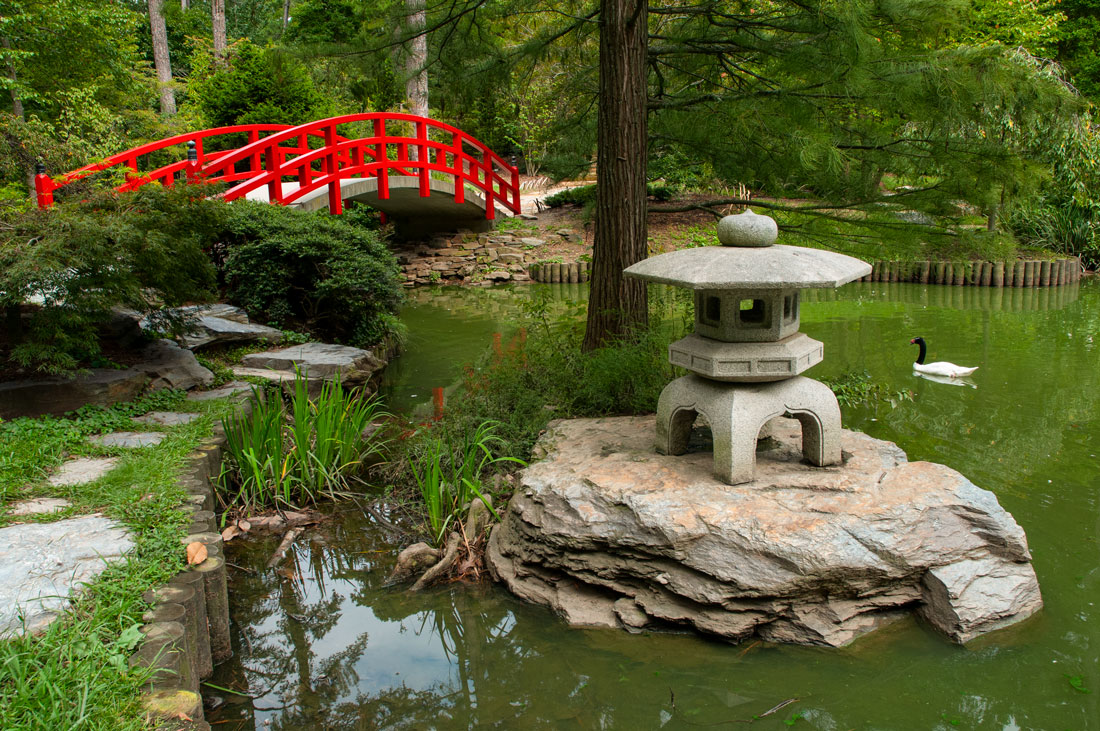
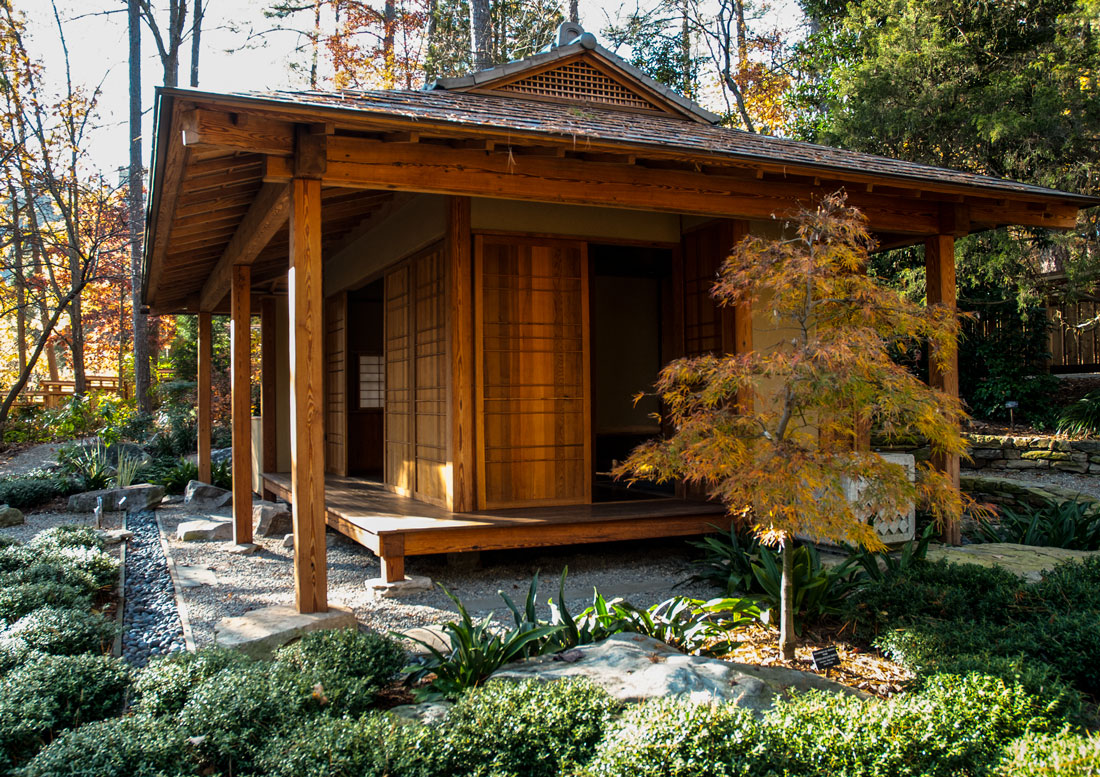
Access to the gardens has been restricted during the pandemic, so it is wise to check ahead of time before heading for them. In addition to the garden, 7,000 acres of Duke University’s 9,000 acres are in Duke Forest, which has more than 30 miles of hiking, biking and horseback riding trails.
Duke Forest is one of the largest private research forests in the nation. It is used for forest, aquatic, animal behavior, ecosystem and other studies. The Duke Lemur Center in Duke Forest, is the world's largest sanctuary for rare and endangered strepsirrhine primates. It contains nearly 300 animals of 25 different species of lemurs, galagos and lorises.
The university also has a marine lab in Beaufort, North Carolina, at the Outer Banks. Duke also has Duke-NUS Medical School in Singapore and Duke Kunshan University in Kunshan, China.
Duke University Medical Center
James P. Duke donated millions of dollars for Duke Medical Hospital, which has expanded into one of the world’s leading medical centers, medical schools and health systems. The center has some 99 buildings and some of the best medical staff and services on the East Coast.
Duke researchers mapped the final human chromosome, completing the Human Genome project in 2006. Duke is first in the nation in oncology and cancer biology, biomedical engineering and applied economics. Its public policy, statistics, chemistry, environmental science, medicine and molecular genetics departments are ranked in the top five.
Duke’s cancer center is ranked in the top 100 in the United States. The irony of tobacco money having laid the foundation for one of the best cancer centers in the world has not been lost on many. Among controversies surrounding the university has been its acceptance of funding from tobacco companies for research, a practice many scientists say is unethical.
Philip Morris provided the money to establish the Duke Center for Nicotine and Smoking Cessation Research. The company has insisted that it has had no influence over research or publication. One of Duke’s academic scientists accepted a seat on the advisory board of the company’s smoker cessation support initiative along with board members from other universities. Duke scientists worked on developing a tobacco-free device to facilitate the inhalation of nicotine pyruvate, which dissolves into nicotine and pyruvate upon reaching the lungs. Philip Morris bought the global patent rights of a new technology employing the method. The idea was to deliver a nicotine-containing aerosol that had the potential to reduce the harm of smoking. Philip Morris USA says that it agrees with the scientific consensus that cigarette smoking causes lung cancer, heart disease and other serious diseases and is addicting, but the company believes that working to reduce the risk of tobacco use for adults who continue to smoke is an important objective. The company’s research program supports independent research to pursue products that might reduce the health risks of smoking.
Many scientists say the donations are a public relations effort to give the tobacco company a more socially responsible image. They agree that tobacco companies have an obligation to donate money to help compensate for the huge health cost of their products, but feel that the money should go to the government and then be allocated by the states rather than tobacco companies donating directly to universities.
Duke has a history of people holding positions both at Duke University and the tobacco company RJ Reynolds. For decades, Duke researchers conducted research with and for the tobacco industry on how to improve tobacco crops and cigarette smoking as well as studies that distracted attention from the health dangers of smoking.
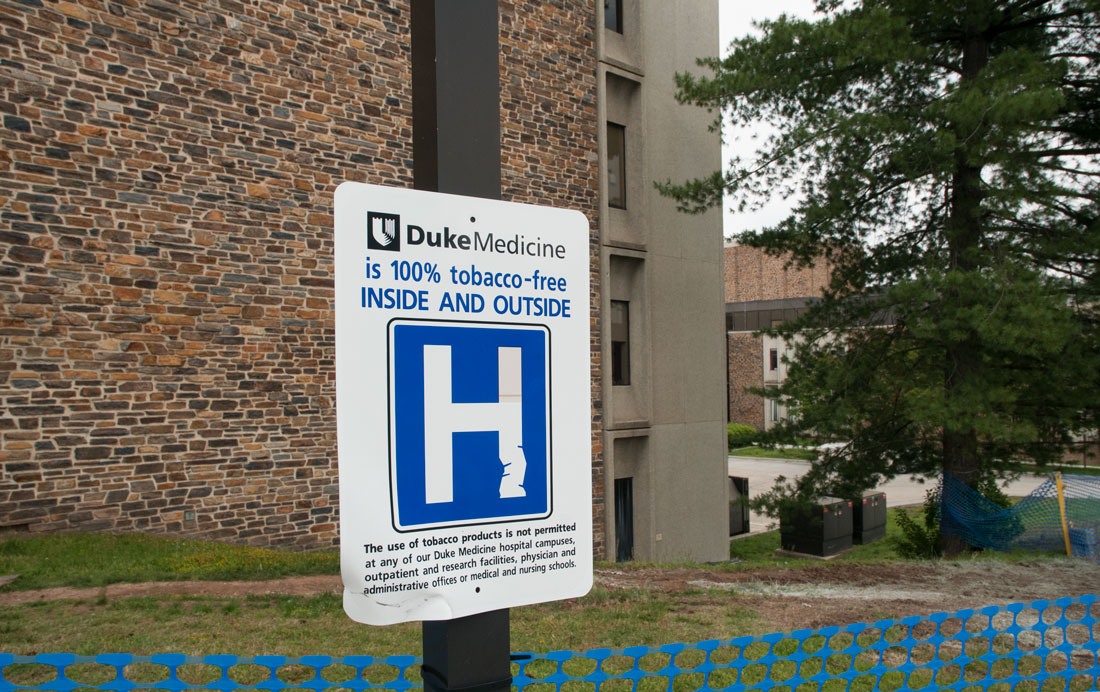
Duke Medical Center has long been a tobacco-free environment, but Duke adopted a policy on July 1, 2020 to become tobacco-free on all property and grounds owned and leased by the University. The policy prohibits the use of all tobacco-based products on campus. Duke Stores also has discontinued the sale of cigarettes.
Interdisciplinary Research
The university has placed an emphasis on interdisciplinary research since the 1970s which has produced some of the premier interdisciplinary projects in the world. The Levine Science Research Center is the largest single-site interdisciplinary research facility at any American university. While we lived in North Carolina, we annually photographed graduates of an interdisciplinary program who did a variety of projects that paired their majors with the needs of vulnerable populations in various parts of the world.
Duke is a private school with expensive tuition. However, almost 60 percent of Duke students receive financial aid. Duke was ranked in 2020 as the college that was the most generous to financially needy students.
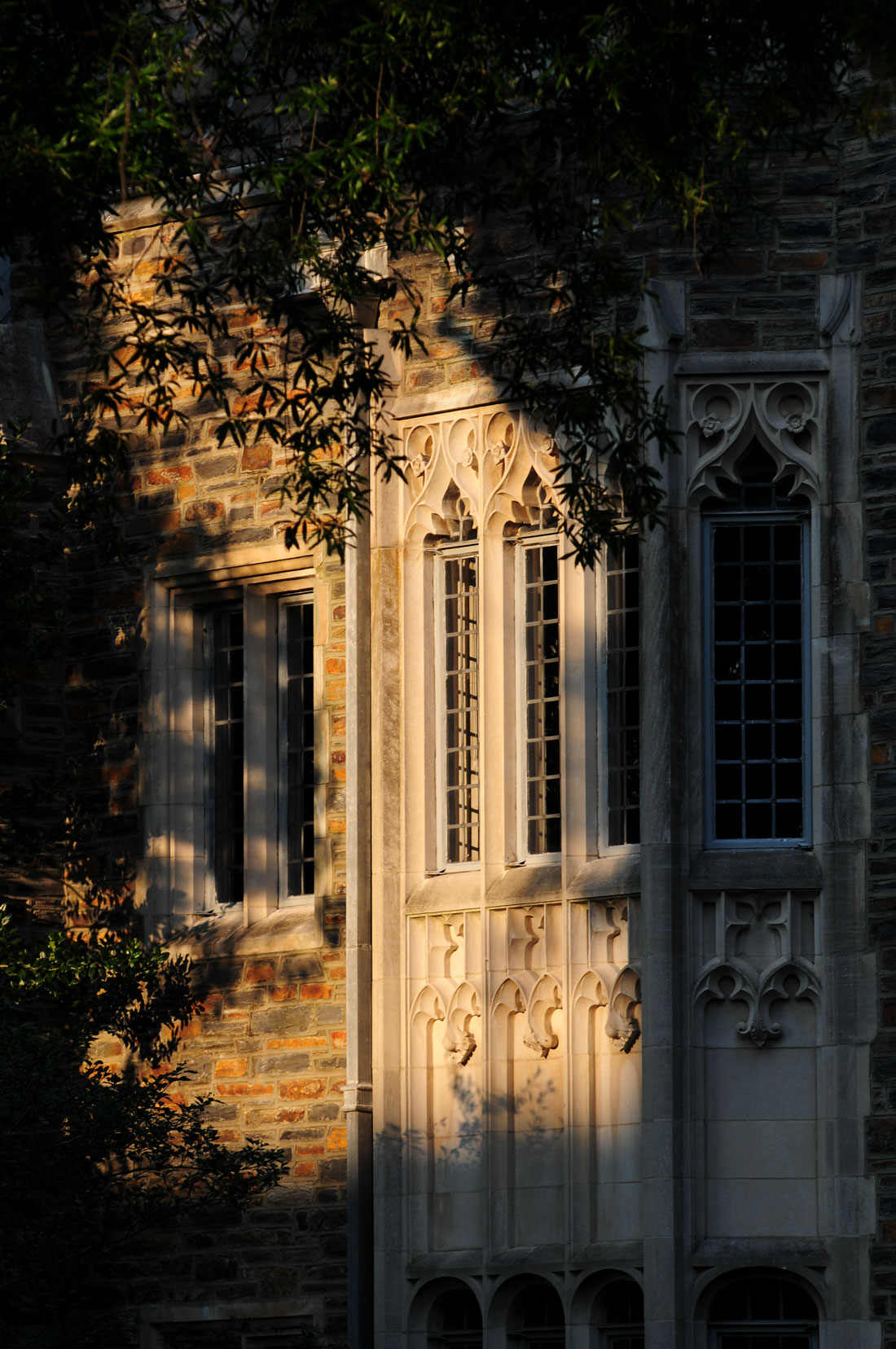
Check out these related items
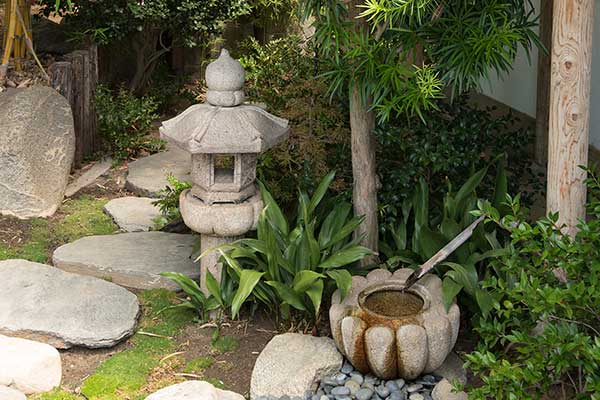
Elements of a Japanese Garden
Imagine you're sitting in Los Angeles traffic on a hot day. Take a break and head for a cool green oasis - Suihoen Japanese Garden
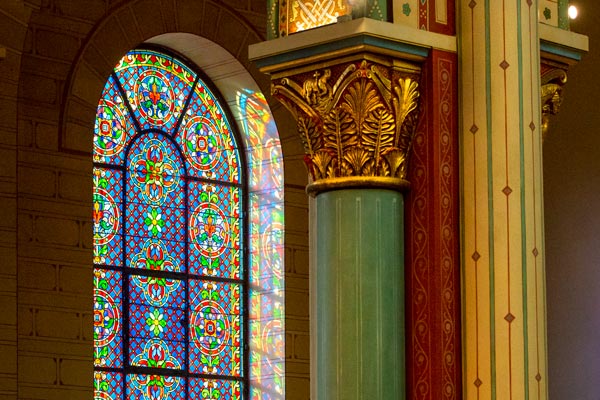
Paris’s Oldest Church Restored
Paris' oldest church, Saint Germain des Prés, is emerging from layers of grime and soot as a meticulous restoration reveals its vibrant color.
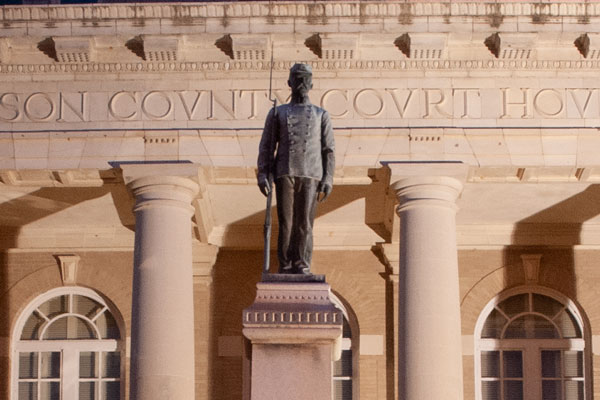
The Racism of Confederate Statues
The racist past associated with the Confederacy and Confederate monuments has a complex history.
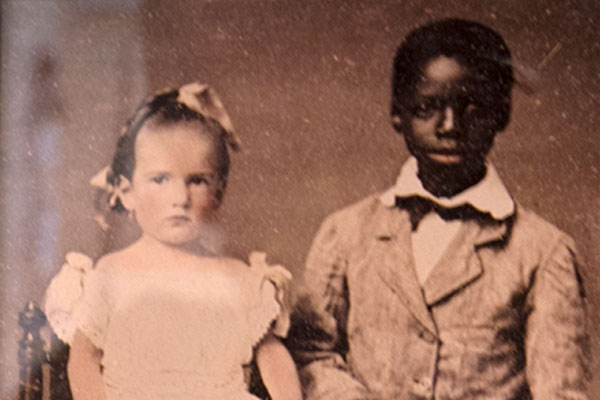
The History of Race in America
The racial history of the United States belongs to us all, with the responsibility to resolve the accompanying outstanding problems.

Getting A Vaccine against Racism
A mother of non-white children compares her fears for her children because of COVID-19 and her fears for them because of racism.
